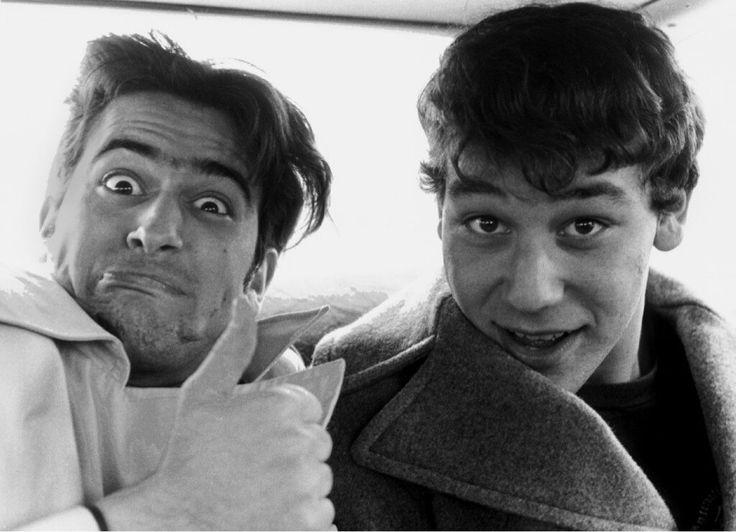
Actor Bruce Campbell and his childhood pal director Sam Raimi.
Yeah, you know my kids, fortunately, have seen enough of my working life that they know it’s not all blowjobs and limousines.
—actor Bruce Campbell on the reality of being Bruce Campbell
The last week of April was a sad time for fans of Bruce Campbell after the veteran actor (and author) broke the news he was “retiring” from portraying the chainsaw-wielding Ashley Joanna Williams from the trifecta of awesomeness that is the Evil Dead film series. The story of how Ash and The Evil Dead came to be is a pretty sweet one when it comes to Hollywood folklore beginning when director Sam Raimi and Campbell came across each other in high school. When they first met, Campbell thought Raimi was a “creepy weirdo” and he tried hard to avoid him until they found themselves paired together in the same drama class in 1975. Campbell agreed to be Raimi’s assistant for magic shows he had put together for the class and the academic venture would inspire the teenagers to start making movies. According to Campbell, he, Raimi and four other aspiring drama kids joined forces spending as much time as possible making Super-8 films sharing the responsibilities of actor, director, scriptwriter, and camera operator. A short six-years later Raimi would release his first full-length film, The Evil Dead starring his buddy Bruce as Ash Williams—a role Campbell reprised in 2015 for the television version of the film series Ash vs. Evil Dead, 34 years after the wisecracking character came to be in 1981. Before the somewhat surprise cancellation of the show, Campbell said he would pull the plug on Ash himself if cable network Starz yanked the show. Once the ax fell on Ash vs. Evil Dead, Campbell confirmed his days playing Ash were over.
Cambell, aka The Chin, as he is often affectionately referred to, celebrated a birthday this past Friday—his 60th—hanging out in Sacramento, California while the Fandemic Tour dropped in for the weekend. To date, he has at least 125 acting credits to his name and many of Campbell’s fictional alter-egos, such as Ash and his portrayal of an elderly, infirm Elvis Presley in the 2002 cult film, Bubba Ho-Tep have helped to further mythologize Campbell as an actor with the ability to create characters so believable they become one and the same. Much like their days making Super-8 flicks in high school, filming The Evil Dead was a collaborative effort in every sense of the word, Campbell, Hal Delrich/Richard DeManincor (Ash’s pal Scotty in the film) and other actors routinely did their own stunts which regularly sent them off to the emergency room after being injured on set. Bruce Campbell lost a couple of teeth in a freak accident involving a cameraman and actress Betsy Baker (Ash’s girlfriend Linda in The Evil Dead) lost all of her fucking eyelashes after having a prosthetic mask removed from her face. Raimi would elude to this occupational hazard at the film’s premiere by hiring ambulances to park in front of the theater helping to build the hysteria around the blood-drenched flick. After filming principal scenes during conditions so cold it froze cameras and wiring, many actors bailed never to return The remaining crew—thirteen to be precise—took up residence in the cabin in Morristown, Tennessee where the movie was being filmed. There was no running water, no heat and as filming came to a close, the crew took to burning furniture to keep warm. The Evil Dead was a hit as was the follow-up, 1987’s Evil Dead 2, and the final film in the series, Army of Darkness.
So, in honor of Mr. Campbell reaching his seventh decade of being undeniably groovy, I thought it would be fun to take a look at photos taken on the set from all three Evil Dead films. Remember, all of this is possible thanks to a bunch of 20-somethings brave enough to go into the woods with lights, cameras, and a shit-ton of fake blood—hell-bent on creating horror history. Pretty much everything I’ve posted below is NSFW. Bow to the King, baby.

Bruce Campbell taking a look at Bad Ash with director Sam Raimi on the set of the 1992 film ‘Army of Darkness.’
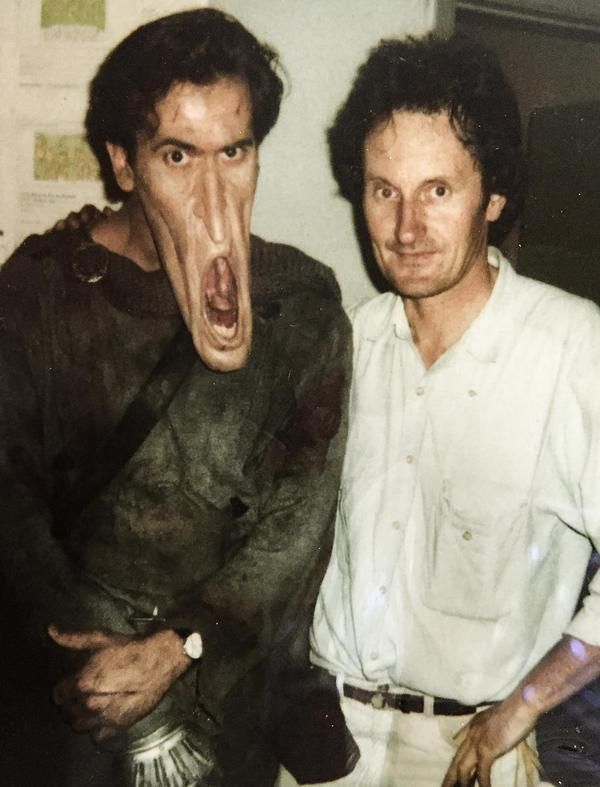
Campbell in full prosthetics with cameraman James Fitzgerald on the set of ‘Army of Darkness.’
Much more after the jump…
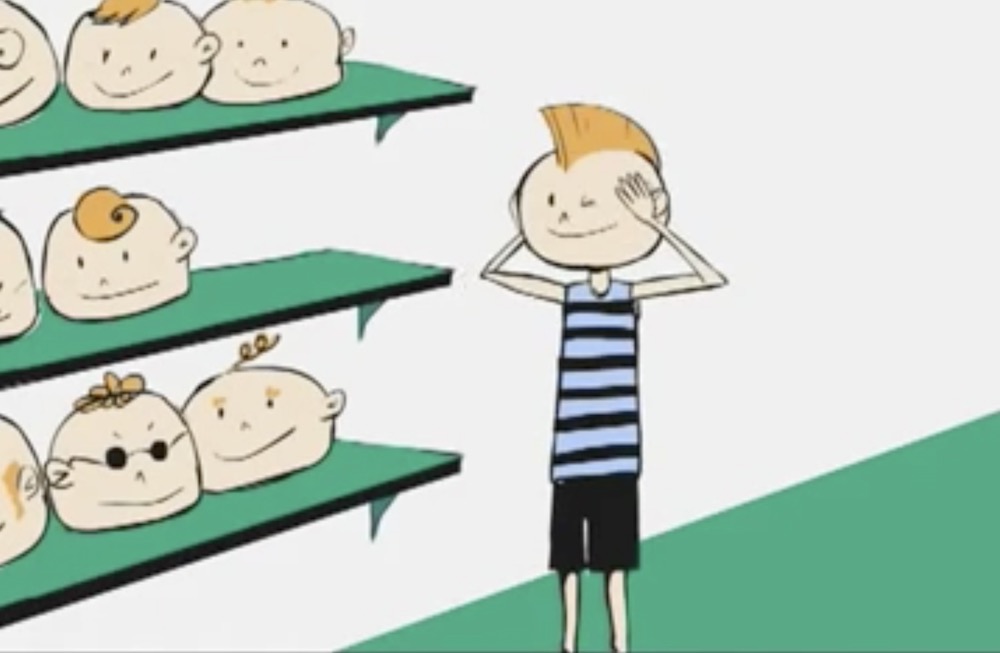













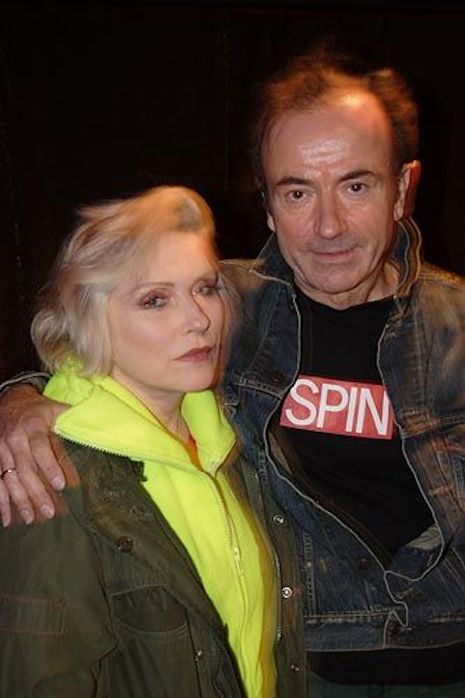
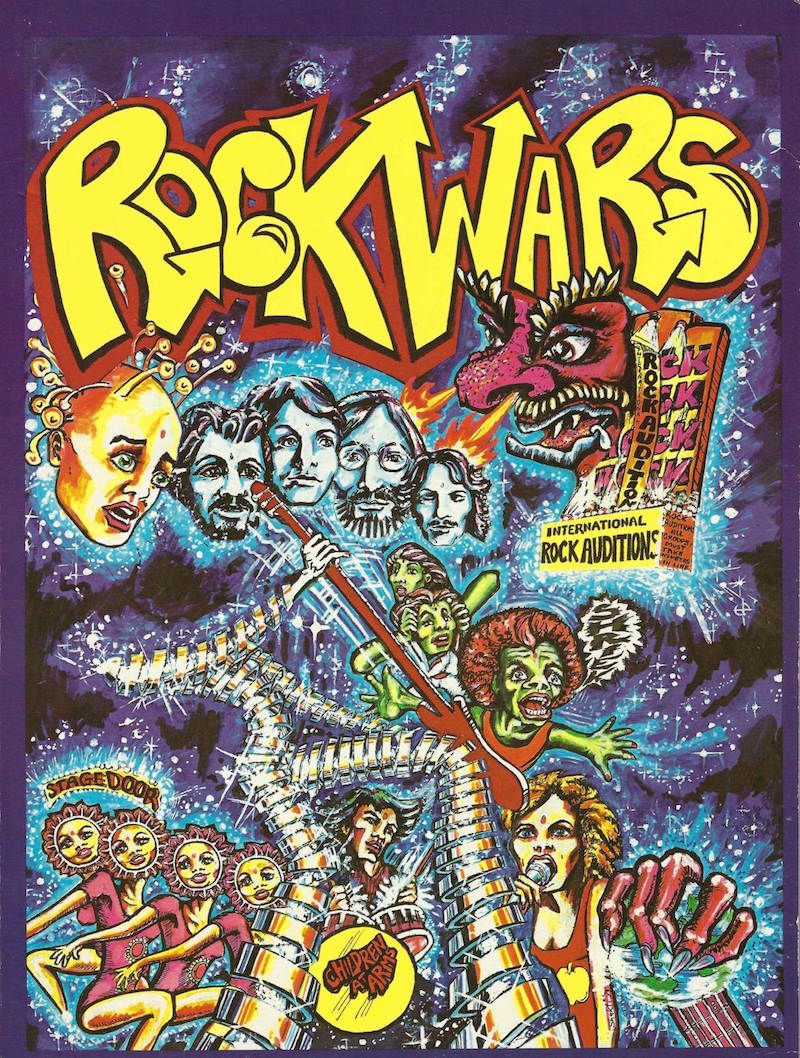
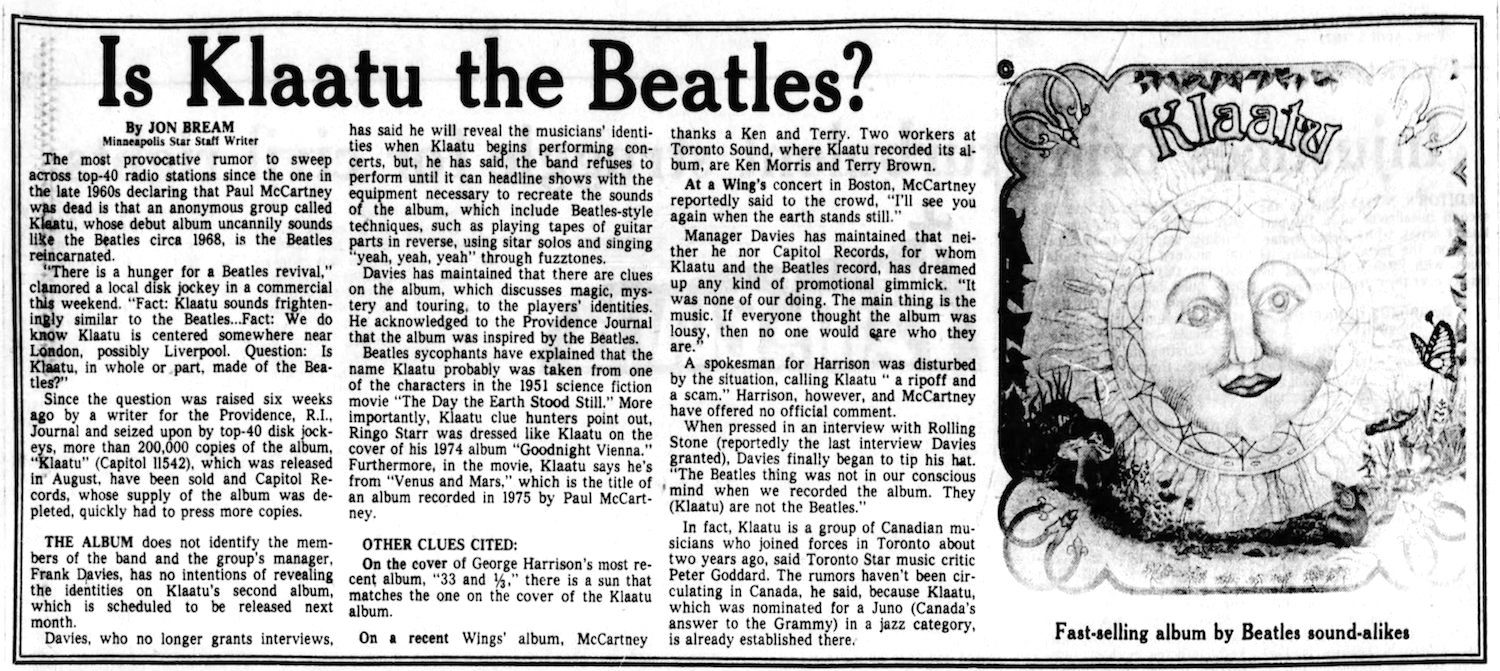






.jpg)






